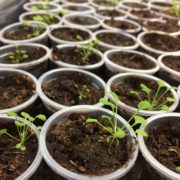
Review: Overview of attitudes towards genetically engineered food ($) (Annu. Rev. Nutrition)
Plant Science Research WeeklyThe appearance and growing importance of genetically engineered (GE) food, and the extensive resistance to it, raises many issues specific to this technology. Scott et al. analyze the bases of lay opposition to GE food and evidence for how attitudes change towards this topic. The authors indicate that…
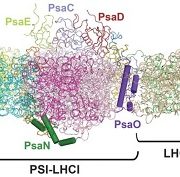
Novel energy transfer pathway between light-harvesting complexes and photosystem I core identified through structural studies ($)
Plant Science Research WeeklyPlants must regulate the harvesting of light to maintain proper energy fluxes though photosystem I (PSI) and photosystem II (PSII). Under optimal conditions, the light-harvesting complex II (LHCII) is phosphorylated and forms a supercomplex with the PSI core and the light-harvesting complex I (LHCI).…
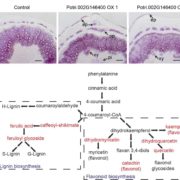
A 5-enolpyruvylshikimate 3-phosphate synthase functions as a transcriptional repressor in Populus
Plant Science Research WeeklyHere’s a fascinating story; starting with an association study, Xie et al. found that a protein previously identified as an enzyme involved in phenylpropanoid metabolism (specifically, 5-enolpyruvylshikimate 3-phosphate synthase, EPSP) also acts as a transcriptional regulator of this pathway, not only…
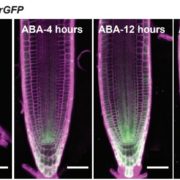
The 6xABRE synthetic promoter enables the spatiotemporal analysis of ABA-mediated transcriptional regulation (Plant Physiol)
Plant Science Research WeeklyAbscisic acid (ABA) is known as stress hormone. Apart from its role in plant growth and development, it is widely studied due to its involvement in biotic and abiotic stresses. Although it had been studied for such a long time, a sensitive spatiotemporal marker for ABA is still elusive. Wu et al. developed…
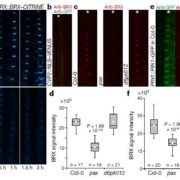
A molecular rheostat adjusts auxin flux to promote root protophloem differentiation ($)
Plant Science Research WeeklyIn plant development, auxin serves as a concentration-dependent signal that regulates cell differentiation, elongation and proliferation. The distribution of auxin is carried out by auxin efflux carriers such as PIN-FORMED (PIN) proteins and the specific accumulation of auxin directs organ differentiation…
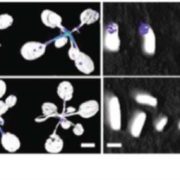
Feedback regulation of COOLAIR expression controls seed dormancy and flowering time ($)
Plant Science Research WeeklyFLOWERING LOCUS C (FLC) and FLOWERING LOCUS T (FT) are proteins required for seasonal sensing in plants. Specifically, FLC and FT control seed dormancy and flowering time. In the control of flowering time, FLC expression is regulated by the prolonged-cold induction of antisense transcripts at FLC known…

The demise of the largest and oldest African baobabs ($)
Plant Science Research WeeklyPatrut et al. report that 8 of the 13 oldest and 5 of the 6 largest African Baobab (Adansonia digitata L.) trees, known for their enormous size and great longevity, have died (or at least their largest and/or oldest parts/stems have collapsed and died). Included in the dead are Panke, the oldest Baobab…
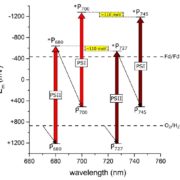
Photochemistry beyond the red limit in chlorophyll f–containing photosystems ($) (Science)
Plant Science Research WeeklyPlant scientists are familiar with the steep drop in photosynthetic activity when plants are illuminated with far-red photons (> 700 nm), because the energy of these long-wavelength photos is insufficient to initiate photochemistry at the chlorophyll a reaction center. Previously, some studies have…
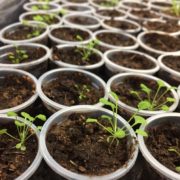
What We're Reading: June 21
WWR Full PostThis week we have some guest contributions from undergraduate student interns working with Professor Maria Julissa Ek-Ramos from the Universidad Autonoma de Nuevo Leon. Julissa helped the students select and read the papers, and worked with them on writing and editing the summaries, with additional editing…

